This particular coneflower is pretty special to me, and it’s one of the few I did not grow from seed – though that will likely change in the coming years, since I’ve gotten it to re-seed successfully. They’re offsets from a plant that showed up several years ago in a flowerbed in my front yard, right next to the walkway to my front door. Just on its own, first a single stem, then another.
Mind you, I didn’t really tend to the bed, no mulch, nothing. I was in my natural rewilding era, leaving everything to sow in and regenerate on its own. This was before I knew anything of the native plant community online or native plant nurseries. I wanted to see what would show up, then try to identify it. While I did get a number of really cool native species popping up, I do regret letting it go as long as I did. There was a whole mess of invasive species that moved in as well, and was quite a bit of work to clear them out.
This one, of course, is one of the cool native species that popped up in an absolutely ideal spot. It doesn’t get very tall, maybe 1.5ft. It’s growing at the base of a red maple – which if you know anything of red maples, good luck planting things among their dense surface roots. It’s right next to the walkway leading to the front door, where visitors can enjoy the blooms up-close.
It’s never had any issues with dieback, something I’ve certainly seen happen with other Rudbeckia species. It is an absolute pollinator magnet, as evidenced by the longhorn bee in the photo. Given time, it just continues to spread into an attractive, mounding clump. Unlike the popular Rudbeckia hirta, also known as black-eyed-susan, this is as perennial as they come.
They also stay put. The only reason it is reseeding for me right now is because I spread them intentionally. Normally the birds carry them off somewhere else.
Only a few offsets are available in my shop this year. If you are willing to be patient, you’ll have a nice clump like mine. Best of all, it’s not a cultivar – it’s the real deal. Goldsturm is pretty, but I’ve heard people say that pollinators never go to it. That’s not the case here. You will get bees, possibly even ones you’ve never seen on other plants.
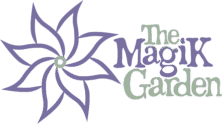
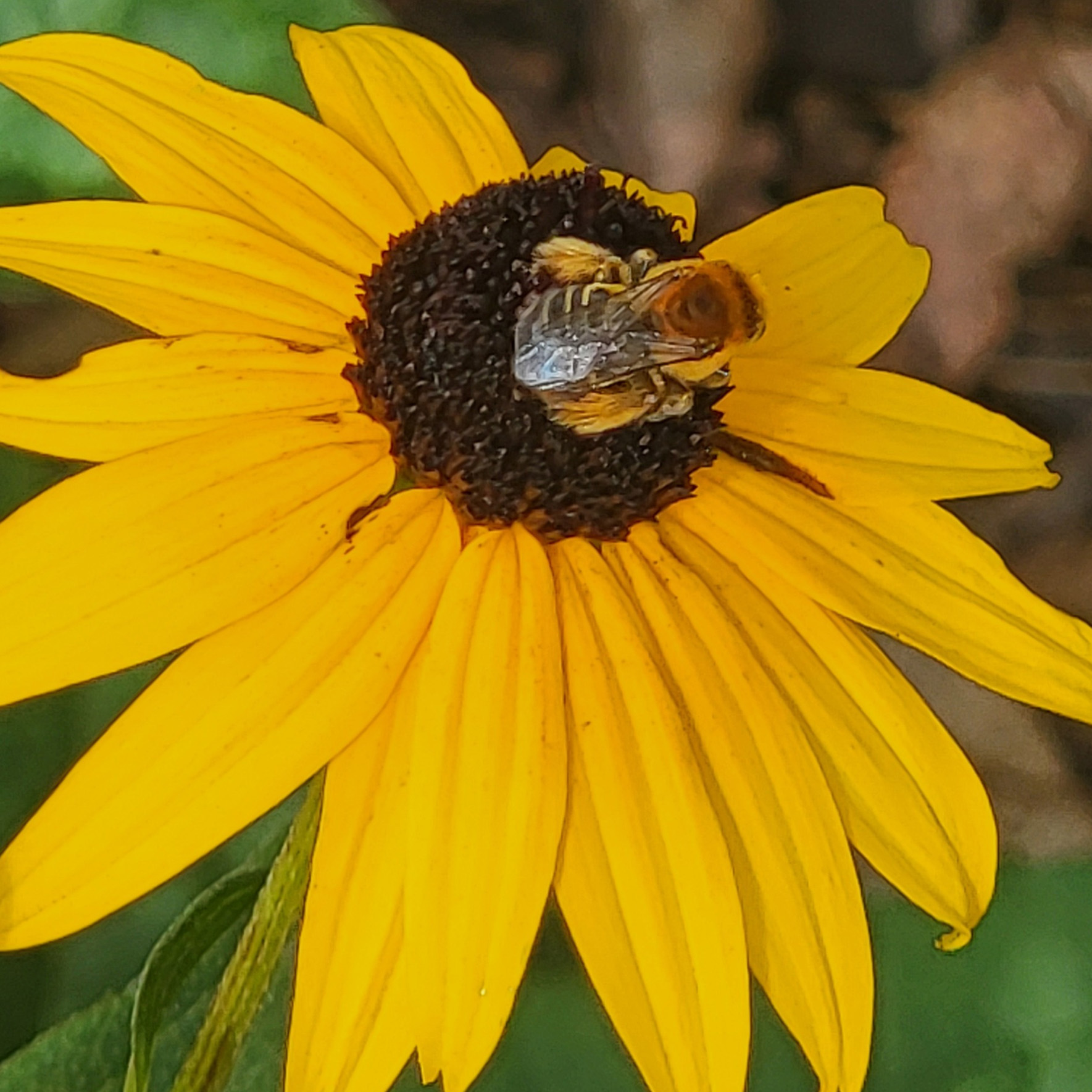
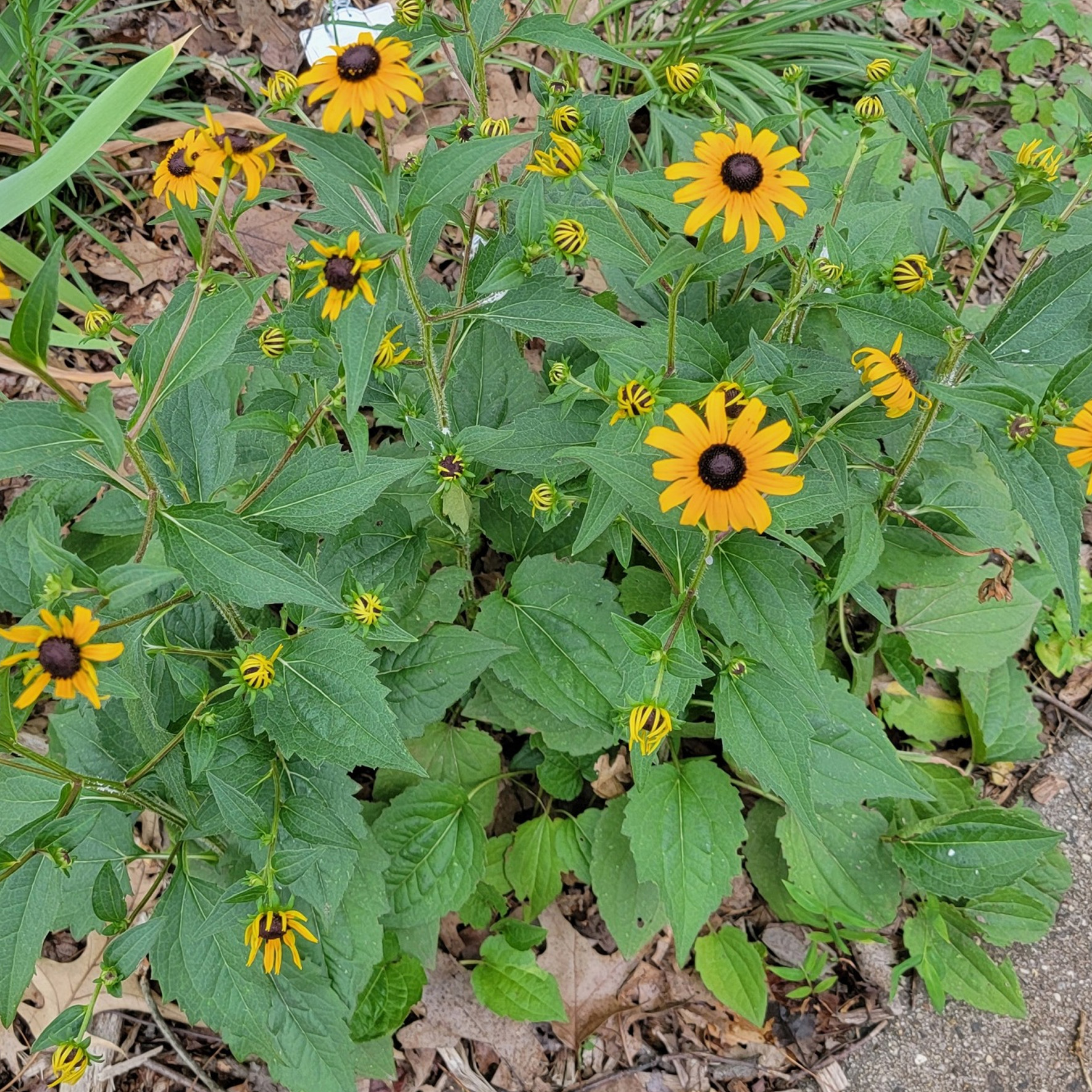



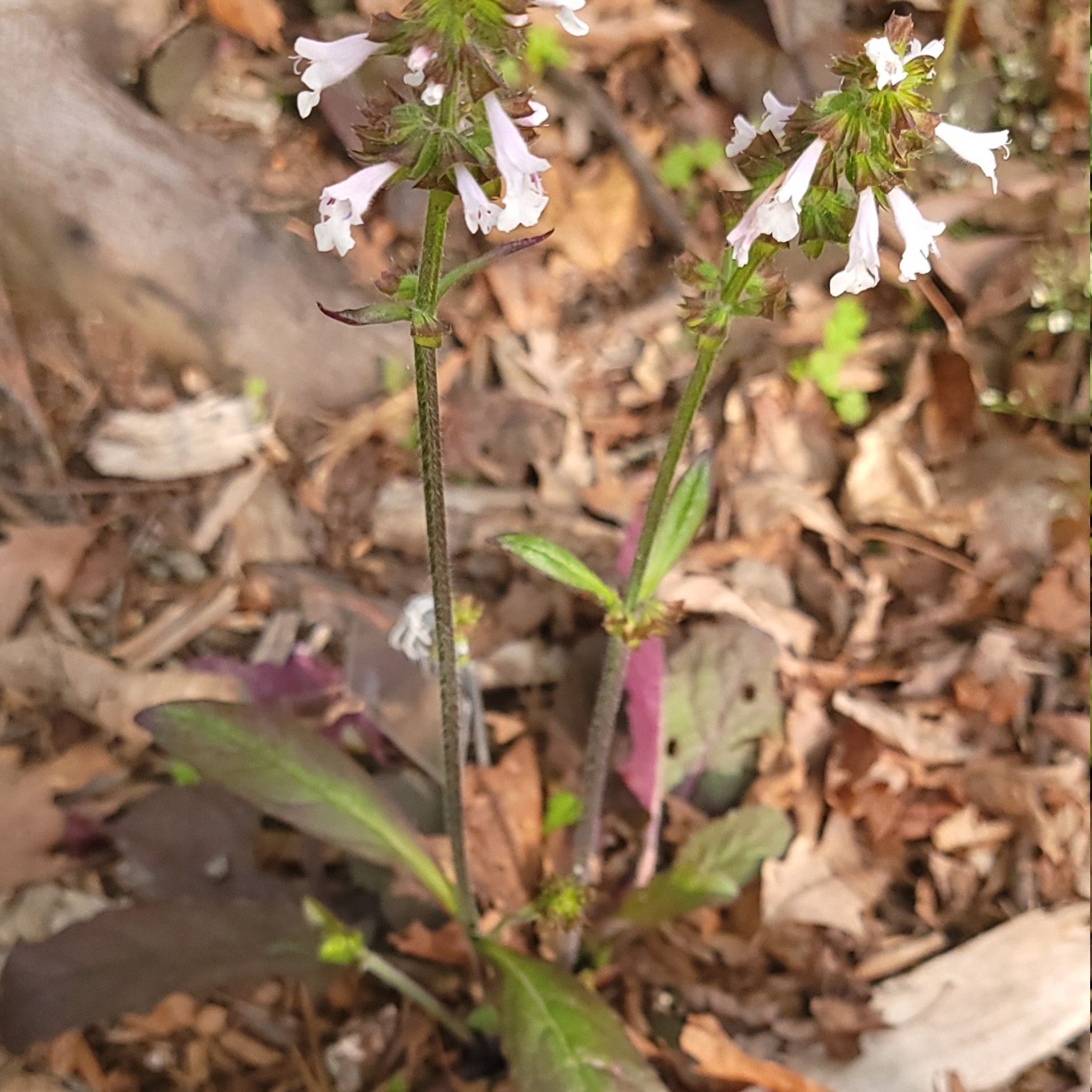



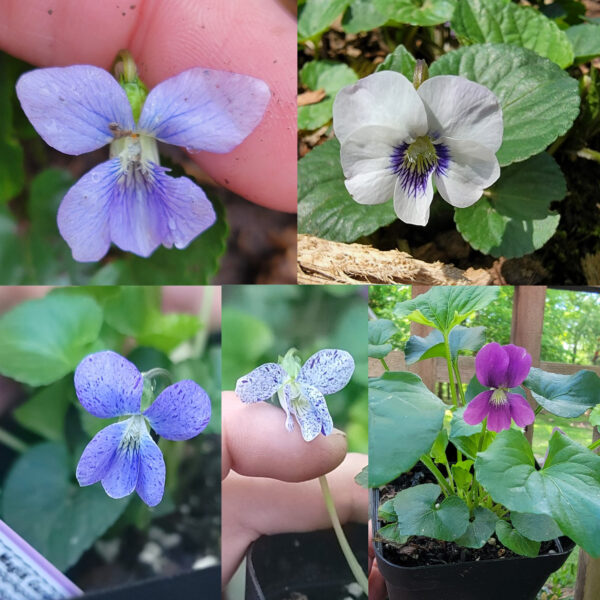










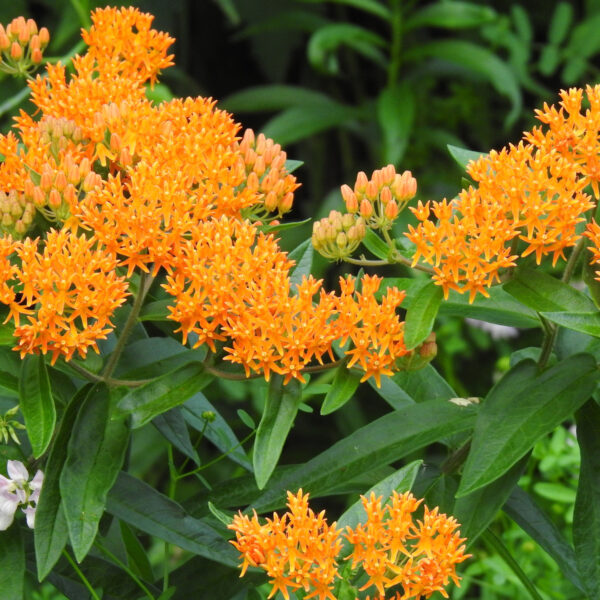






Reviews
There are no reviews yet.